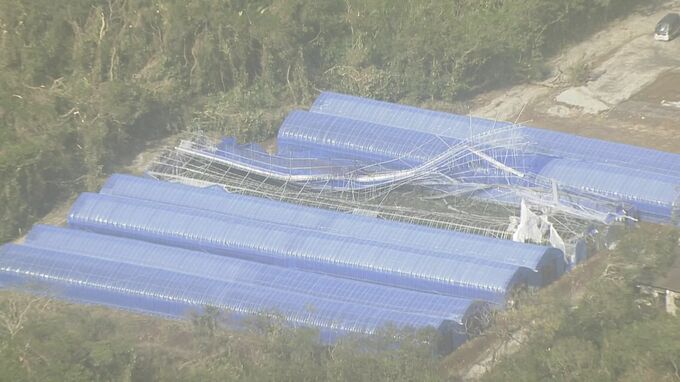The Japan Meteorological Agency has just downgraded the special heavy rain warning for Hachijojima Town to a regular warning.
Very powerful Typhoon No. 22 has passed through the Izu Islands and is expected to be moving northeast east of the Kanto region as of 2:00 PM.
At 2:30 PM, as the typhoon moved away and the rain stopped, the Japan Meteorological Agency downgraded the special heavy rain warning for Hachijojima Town to a heavy rain warning.
Other alerts remain in effect for Hachijojima Town, including the sediment disaster alert.
The Japan Meteorological Agency stated that “the ground has become unstable in some areas due to the previous rainfall” and continues to urge strict caution against sediment disasters.
Japan Meteorological Agency
The Japan Meteorological Agency (JMA) is Japan’s national authority responsible for gathering and providing weather, climate, and natural disaster information. Established in 1875, it is one of the world’s oldest meteorological agencies and plays a critical role in issuing warnings for earthquakes, tsunamis, and typhoons to protect public safety.
Hachijojima Town
Hachijojima Town is located on Hachijojima, a volcanic island in the Izu archipelago south of Tokyo, Japan. Historically, it was known as a remote place of exile for criminals and political prisoners during the Edo period. Today, it is a popular tourist destination famous for its natural hot springs, lush hiking trails, and unique local culture.
Izu Islands
The Izu Islands are a volcanic archipelago in Japan stretching south from the Izu Peninsula into the Philippine Sea. Historically used as a place of exile, the islands are known for their active volcanoes, hot springs, and unique ecosystems. Today, they are a popular destination for tourism, offering opportunities for diving, hiking, and onsen visits.
Kanto region
The Kanto region is Japan’s most populous and economically dominant area, centered on the capital Tokyo. Historically, it rose to prominence when the Tokugawa shogunate established its government in Edo (modern-day Tokyo) in the early 17th century, shifting the nation’s political center from the Kansai region. Today, it is a global hub for commerce, culture, and technology.






